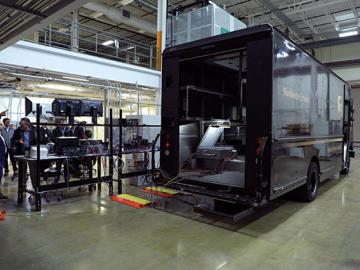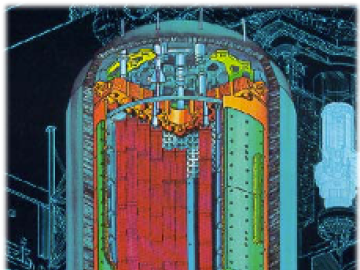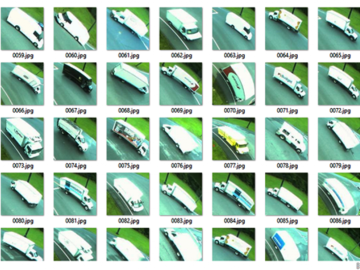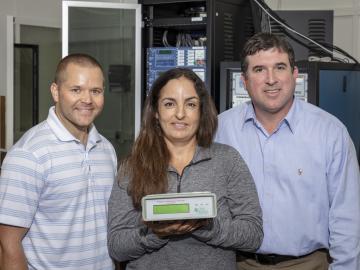
Filter News
Area of Research
News Type
News Topics
- (-) Advanced Reactors (8)
- (-) Artificial Intelligence (8)
- (-) Big Data (6)
- (-) Grid (6)
- (-) High-Performance Computing (3)
- (-) Machine Learning (5)
- (-) Security (8)
- (-) Space Exploration (3)
- 3-D Printing/Advanced Manufacturing (27)
- Bioenergy (15)
- Biology (4)
- Biomedical (19)
- Biotechnology (2)
- Buildings (1)
- Chemical Sciences (5)
- Clean Water (2)
- Composites (3)
- Computer Science (41)
- Coronavirus (22)
- Critical Materials (2)
- Cybersecurity (6)
- Energy Storage (15)
- Environment (17)
- Exascale Computing (3)
- Fusion (11)
- Isotopes (12)
- Materials (2)
- Materials Science (30)
- Mathematics (2)
- Mercury (1)
- Microscopy (8)
- Molten Salt (2)
- Nanotechnology (17)
- National Security (2)
- Neutron Science (34)
- Nuclear Energy (28)
- Physics (17)
- Polymers (7)
- Quantum Science (14)
- Summit (16)
- Transportation (13)
Media Contacts

Researchers at the Department of Energy’s Oak Ridge National Laboratory (ORNL) in late February demonstrated a 20-kilowatt bi-directional wireless charging system installed on a UPS medium-duty, plug-in hybrid electric delivery truck.

In the race to identify solutions to the COVID-19 pandemic, researchers at the Department of Energy’s Oak Ridge National Laboratory are joining the fight by applying expertise in computational science, advanced manufacturing, data science and neutron science.

A software package, 10 years in the making, that can predict the behavior of nuclear reactors’ cores with stunning accuracy has been licensed commercially for the first time.

We have a data problem. Humanity is now generating more data than it can handle; more sensors, smartphones, and devices of all types are coming online every day and contributing to the ever-growing global dataset.

Each year, approximately 6 billion gallons of fuel are wasted as vehicles wait at stop lights or sit in dense traffic with engines idling, according to US Department of Energy estimates.

As the second-leading cause of death in the United States, cancer is a public health crisis that afflicts nearly one in two people during their lifetime.

A typhoon strikes an island in the Pacific Ocean, downing power lines and cell towers. An earthquake hits a remote mountainous region, destroying structures and leaving no communication infrastructure behind.

Researchers across the scientific spectrum crave data, as it is essential to understanding the natural world and, by extension, accelerating scientific progress.

The Department of Energy’s Oak Ridge National Laboratory is collaborating with industry on six new projects focused on advancing commercial nuclear energy technologies that offer potential improvements to current nuclear reactors and move new reactor designs closer to deployment.

As Puerto Rico works to restore and modernize its power grid after last year’s devastating hurricane season, researchers at Oak Ridge National Laboratory have stepped up to provide unique analysis, sensing and modeling tools to better inform decisions.


